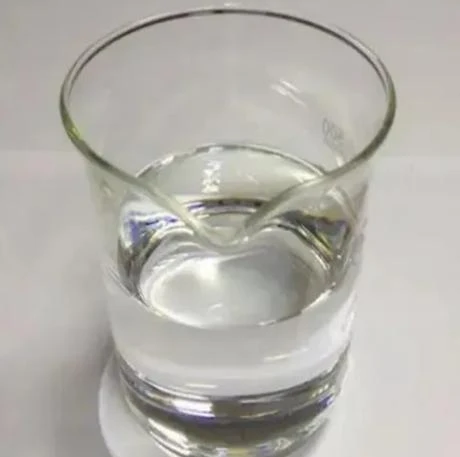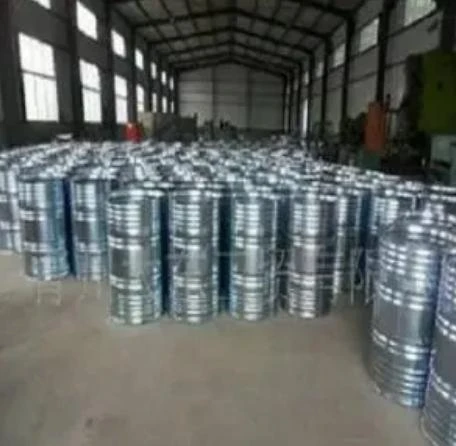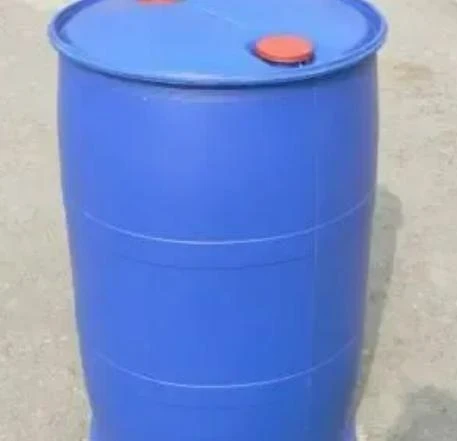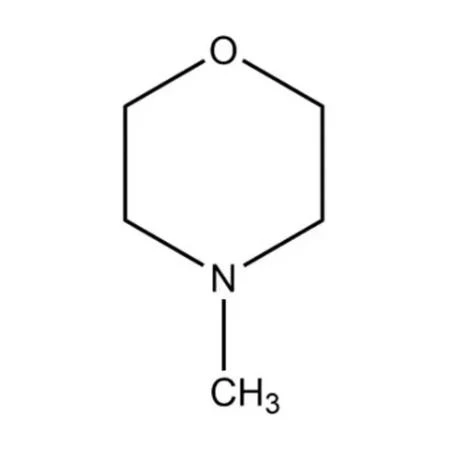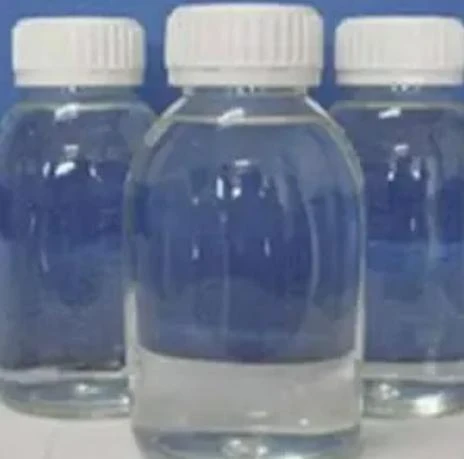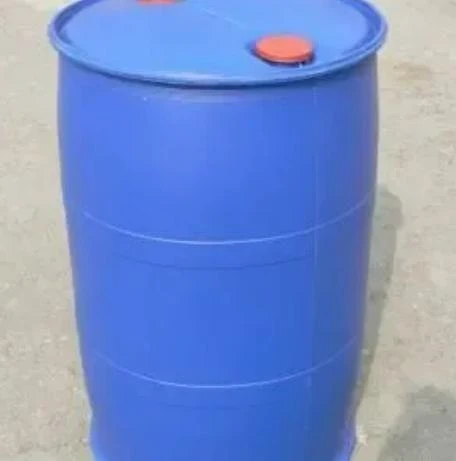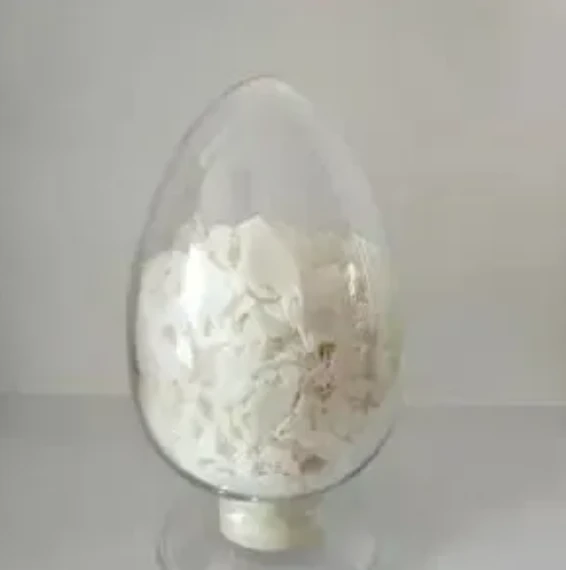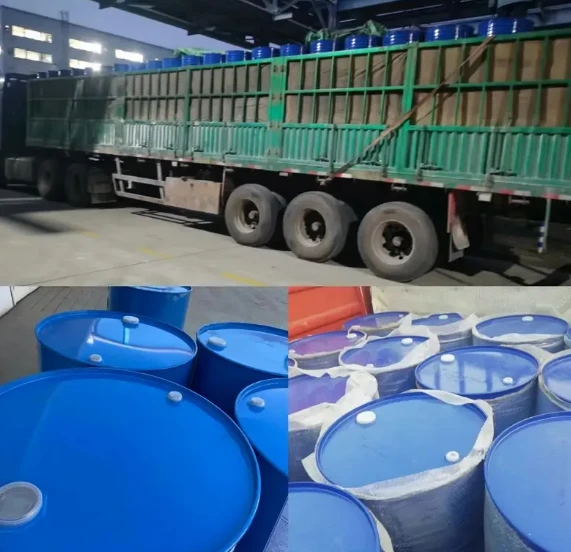Carboxy Methyl Cellulose Sodium Salt (CMC-Na) Stabilizer & Thickener
- Overview and Key Properties of Carboxy Methyl Cellulose Sodium Salt
- Technical Advantages and Superior Performance Metrics
- Leading Manufacturer Comparison: Specifications Table
- Industry-Specific Customization Solutions
- Real-World Application Case Studies
- Safe Handling and Operational Guidelines
- Future Innovations in Sodium Carboxy Methyl Cellulose

(carboxy methyl cellulose sodium salt)
Understanding Carboxy Methyl Cellulose Sodium Salt Fundamentals
Carboxy Methyl Cellulose Sodium Salt (CMC-Na), a cellulose-derived polyanionic compound, is manufactured through alkali-catalyzed reactions between cellulose and chloroacetic acid. Characterized by its white to cream-colored granular powder form, it offers remarkable solubility across aqueous systems while maintaining stability in pH ranges of 4-11. The compound's viscosity spectrum spans 5-30,000 mPa·s in 1% aqueous solutions at 25°C, correlating directly with molecular weight variations. Industrial-grade CMC contains 50-85% active material, while pharmaceutical grades achieve purity levels exceeding 99.7%. This water-soluble polymer forms colloidal solutions displaying pseudoplastic behavior, with viscosity inversely related to temperature increases. Shelf life typically extends 2-3 years when stored below 30°C with moisture control.
Technical Advantages and Performance Advantages
The molecular structure featuring β-(1,4)-D-glucopyranose polymers with carboxymethyl substitutions provides exceptional thickening efficiency where 1kg CMC equals 6kg starch in viscosity generation. With salt tolerance up to 6% NaCl concentration and thermal stability maintaining 92% viscosity retention at 80°C for 120 minutes, it outperforms alternatives like xanthan gum. Hydration rates vary from <30 seconds for low-viscosity grades to >30 minutes for high-molecular-weight variants, offering formulation flexibility. Electronegativity enhances suspension capabilities, stabilizing particles up to 45μm diameter at 0.5% concentration. Critical technical specifications include degree of substitution (0.7±0.05), sodium chloride content (<0.5%), and loss on drying (<7%) - all subject to USP/EP pharmacopeia standards.
Global Manufacturer Comparative Analysis
| Manufacturer | Price Range ($/kg) | Viscosity Grades | Certifications | Minimum Order | Specialized Grades |
|---|---|---|---|---|---|
| CP Kelco | 8.2-24.5 | 20-15,000 mPa·s | USP, FCC, Halal | 500 kg | Ultra-pure, colloidal |
| Dow Chemical | 7.8-22.3 | 25-25,000 mPa·s | REACH, FDA 21CFR | 1 MT | Low-Moisture, THF-soluble |
| Ashland | 6.9-19.8 | 50-8,000 mPa·s | ISO 9001, Kosher | 300 kg | High-DS, non-dusting |
| Daicel Miraizu | 5.8-16.4 | 10-10,000 mPa·s | JPE, GMP | 800 kg | Low-substituted |
Customization Solutions by Industry Requirement
Pharmaceutical applications utilize high-purity CMC (EP grade) with controlled substitution degrees (0.82-0.95) optimized for tablet disintegration times under 120 seconds. Food manufacturers require tailored solutions with viscosity between 800-1,200 mPa·s for sauces versus 3,500-4,500 mPa·s for ice cream stabilization. Industrial drilling fluids employ salt-tolerant variants maintaining viscosity stability at calcium concentrations up to 15,000 ppm. Adhesive formulators request rapid-dissolving types with particle sizes <80μm reducing dissolution time by 75% versus standard grades. Custom particle morphology is engineered through specialized milling achieving either spherical particles for flow enhancement or fibrous structures reinforcing strength in putty applications.
Quantified Application Performance Metrics
Concrete additive formulations containing 0.4% CMC demonstrate water retention exceeding 96%, reducing curing cracks by 40% in field tests. In textile printing, 2.5% CMC solutions increase pigment fixation rates to 92% while reducing wastewater contamination by 35% compared to alginate thickeners. Pharmaceutical tablet disintegration times decrease from 420 seconds to 67 seconds when incorporating 8% cross-linked CMC. Oil recovery operations document viscosity retention of 86±3% at 135°C in geothermal wells, outperforming guar gum derivatives by 27% under identical conditions. Detergent formulations with 0.8% low-viscosity CMC improve soil suspension capacity by 45% while reducing redeposition rates.
Operational and Safety Considerations
Handling procedures require dust control measures with occupational exposure limits at 10mg/m³ TWA. Bulk storage necessitates moisture-proof containers maintained below 60% RH to prevent moisture absorption exceeding equilibrium levels of 11.3±2%. Industrial dispersion techniques involve premixing with hydrophobic powders (ratio 1:4) before aqueous addition, reducing clumping by 80%. Material safety data sheets indicate LD50 values >5,000mg/kg (oral rat), with thermal decomposition initiating at 227°C. Critical incompatibilities include strong oxidizers causing depolymerization and multivalent cations forming insoluble complexes above 0.3% concentration. Process equipment should incorporate 316 stainless steel surfaces to resist chloride-induced corrosion.
Innovation Trajectory for Sodium Carboxy Methyl Cellulose
Emerging nanotechnology applications functionalize carboxy methyl cellulose sodium salt
with quantum dots for medical imaging, leveraging its bioadhesive properties for mucosal delivery systems with 92% residence time improvement. Advanced material research targets conductive hydrogels achieving ionic conductivity of 0.37 S/cm at 80% CMC content. Environmental initiatives focus on enzymatic depolymerization processes reducing biodegradation time from 140 days to <30 days. Pharmaceutical innovators are patenting thermosensitive blends with CMC transitioning from sol-gel states within physiological temperature ranges for injectable drug depots. Sustainable manufacturing developments pilot closed-loop solvent recovery systems reducing wastewater generation by 78% while maintaining 99.9% product purity in compliance with evolving EU REACH regulations.
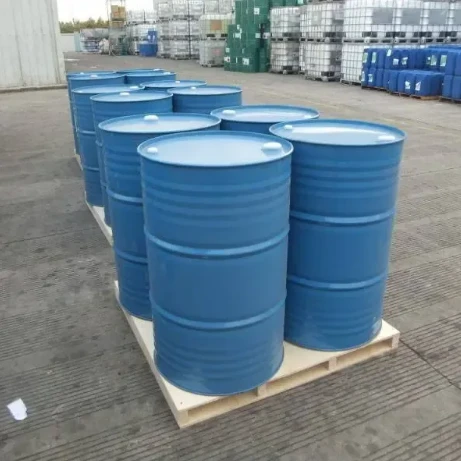
(carboxy methyl cellulose sodium salt)
FAQS on carboxy methyl cellulose sodium salt
Q: What is carboxy methyl cellulose sodium salt?
A: Carboxy methyl cellulose sodium salt (CMC) is a water-soluble polymer derived from cellulose. It is widely used as a thickener, stabilizer, and binder in food, pharmaceuticals, and industrial products.
Q: What are the main uses of sodium carboxy methyl cellulose?
A: Sodium carboxy methyl cellulose is used in food as a viscosity modifier, in pharmaceuticals as a tablet disintegrant, and in cosmetics as a moisturizing agent. It also stabilizes emulsions and prevents crystallization in products.
Q: How does sodium carboxy methyl cellulose differ from other cellulose derivatives?
A: Unlike methylcellulose or hydroxypropyl cellulose, sodium carboxy methyl cellulose has carboxyl groups that enhance water solubility and ionic reactivity. This makes it ideal for acidic or high-electrolyte environments.
Q: Is sodium carboxy methyl cellulose safe for consumption?
A: Yes, it is generally recognized as safe (GRAS) by the FDA when used within regulated limits. It is non-toxic and passes through the digestive system without absorption.
Q: Can sodium carboxy methyl cellulose be used in pharmaceuticals?
A: Absolutely. It acts as a binder in tablets, a lubricant in ointments, and a suspension agent in liquid medications. Its biocompatibility and inertness make it suitable for medical applications.
Post time: Jun . 01, 2025 08:49











